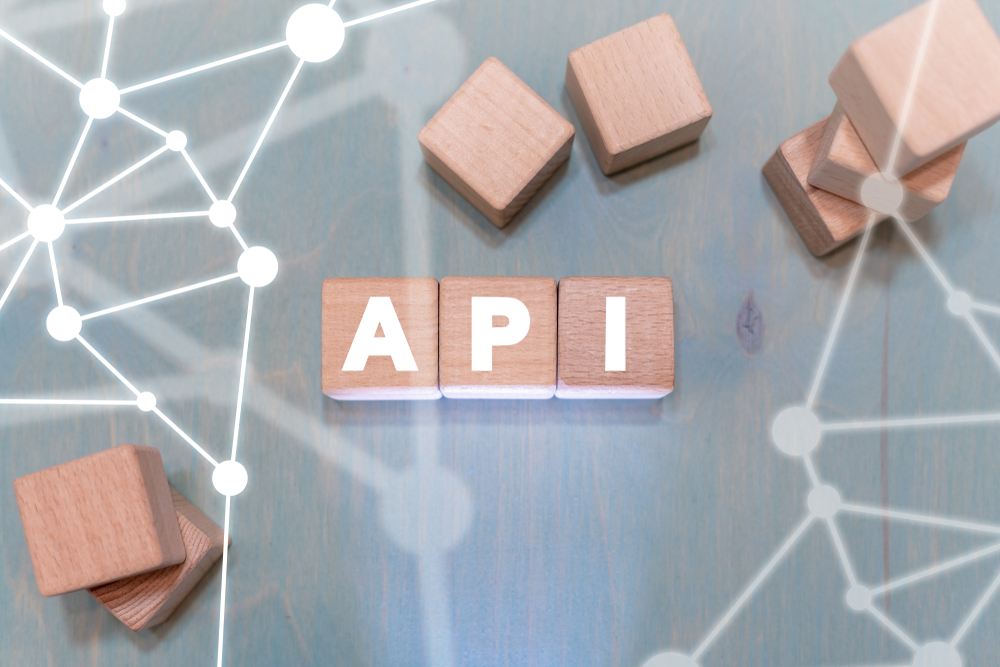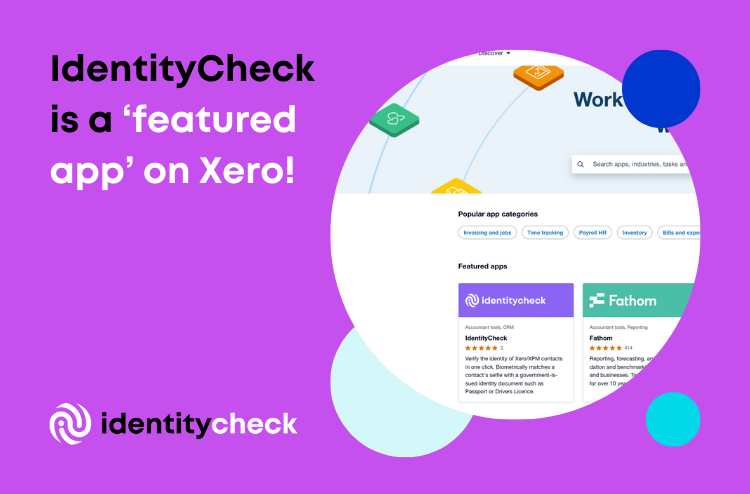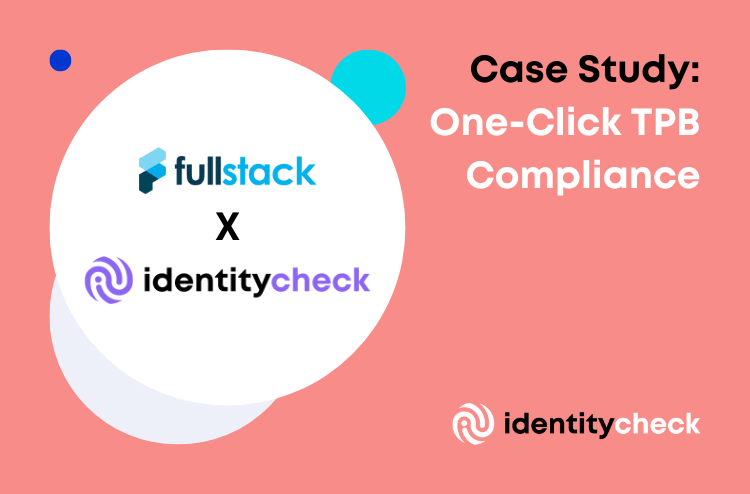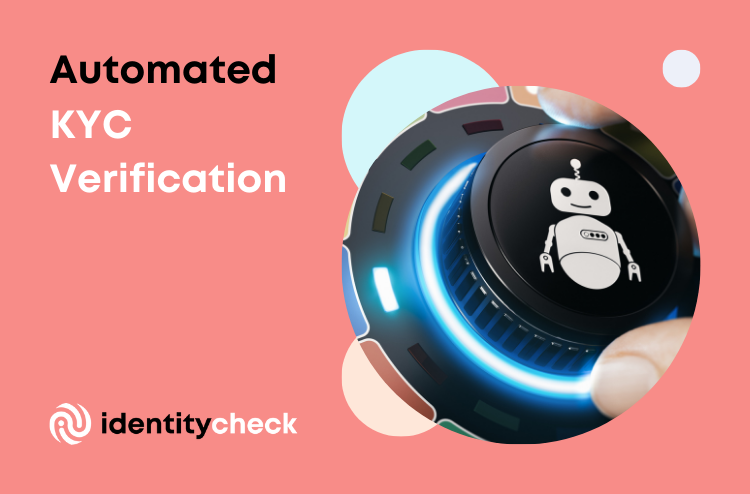As a young startup, Feather is working hard to grow their customer base, brand reputation and business.
Feather enables creators to share their passions and expertise. With it, they
can host classes online, delivering digital content. The tool enables creators to set a price, automatically track attendance, and create an inbuilt email list.
Unlike a marketplace, the Feather platform provides the tools for people to
build their brand online and foster a direct channel with their audience. In
minutes, creators and instructors can set up their profile to launch live events removing the need for multiple products.
We spoke to Feather’s CTO Celilsemi Sam Erkiner and COO Scott ElliceFlint about the business and how API integrations are impacting their growth plans.

Pic credit: supplied
Tell me about Feather and what you’re trying to achieve with API integrations.
Celilsemi: At Feather we’re building a tool for creators and creatives. Our platform helps creators monetise on demand and live programs.
A big part of strategy these days for an early stage, startup, SaaS product is integration. The more integrations you have the stronger your products are in terms of credibility, and in terms of use cases.
If you can integrate rather than having to try and build out a version of a key piece of functionality for within your product (for example Zoom), it is invaluable. And for us, being able to integrate as quickly as possible is key.
Scott: Exactly. Whenever our customers want to integrate a certain product into ours, we want to be able to deliver that. Without an integration service it’s really hard to do that because we have to do the research, understand the integration, connect to the API and make the integration work for our customers.
So what is your integration approach at the moment?
Celilsemi: We currently are putting our app in two to three marketplaces, including Stripe and Zoom. For us, it is about building credibility with our customers. The app integrations build instant credibility for us, which gives our customers more confidence.
The other thing is that marketplace app integrations is a good customer acquisition strategy. The more places you are, the more people will see the features of your product and use your product.
“The more places you are, the more people will see the features of your product and use your product.”
Celilsemi Erkiner, cto, feather
(If you want to know what we think about app marketplace integrations, our CEO Matt shared his experience and Why software marketplaces should be part of your SaaS growth strategy in an earlier article.)
What challenges are you facing integrating Feather into the different marketplaces?
Celilsemi: There are two main issues that we’ve found with SaaS integrations. Firstly, it takes a lot of effort. You have to do all the admin as well as the integration. Secondly, we have to integrate with their API to use their product in our product.
Scott: And I don’t think the marketplaces have a good checklist for the integration process. We end up emailing them a lot and there is a lot of rework and extra checking.
“There is a lot of rework and extra checking.”
Scott Ellice-Flint, COO, Feather
Celilsemi: In terms of admin, let me clarify. In our experience we had to supply our logo, enter the name, short description and long description. This information is pretty much the same info needed in different places. But you have to do it again and again every time you enter a new marketplace.
You also have to verify your domain. They give you a verification code to put on your domain records. It’s time consuming. And you have to do it every time. For a small startup, when you have to do the same or similar things twice it becomes a problem.
So you’re saying that you look at partner SaaS products through two lenses: commercial and technical?
Scott: Yes. We had to use the products in our own solution. Which meant we had to integrate with their API without thinking about the marketplace. It was challenging to include two separate products without thinking about the marketplace implications.
Then we have to do the SaaS marketplace integration. We have to use different sets of APIs from each product. There is nothing in common for now.
What do you think would make the API integration process easier?
Scott: If there was a service that could check things and warrant quality even before we ask the SaaS partner for approval. For example if they could check the links we have provided and the quality of our integration so that we could get approval on the first try instead of going back and forth with emails. That would be really helpful.
Even for the three APIs we are using at the moment, we had to wait a couple of weeks, rebuild some part of our app, and redo some parts of the integration to comply with their rules. If we knew what the rules were before we started the integration, it would be a lot easier for us.
“If we knew what the rules were before we started the integration, it would be a lot easier.”
SCOTT ELLICE-FLINT, COO, FEATHER
(You can read more here if you’d like to understand How to successfully build B2B SaaS marketplace integrations)
What things did you look at when you were deciding which app marketplaces to integrate with?
Celilsemi: It’s the big ones that made sense for us. Not because of brand awareness, but more because of the credibility factor. By integrating with the bigger the ones, the more credible we become.
Another integration we might consider pretty soon is Mailchimp. We are looking at ones that are well known and are used by our types of customers.
But down the track, we might focus more on marketplaces as part of our customer acquisition strategy. Then you’d maybe go into a small marketplace that has more opportunity because no one else in that app marketplace is doing what we’re doing.
But for us right now, we’re focused on the bigger SaaS marketplaces with credibility.
What benefits do you think app developers like yourselves would you get from using an app integration service?
Celilsemi: For me, it would save a lot of time. Having someone or something that could do the business information side of things; automating the descriptions, screenshot uploads; would be a huge time saving.
If we could just focus on the development work needed for the integration and the rest of what’s needed was automated checklists. From a developer’s perspective, that would be really nice.
And moving forward, it would be great if there could be a singular API for me to use. A special API which had one type of authenticator and it could then manage the rest for me. This means I would only integrate once, for one API and everything else would be done through that; that would save a lot of time.
“It would be great if there could be a singular API for me to use.”
SAM ERKINER, TECHNOLOGY LEAD, FEATHER
To find the right marketplace for your business, check out the Marketplace Finder. You’ll find commercial and technical information on dozens of SaaS marketplaces – many of which you’ll know, as well as a few new gems.











